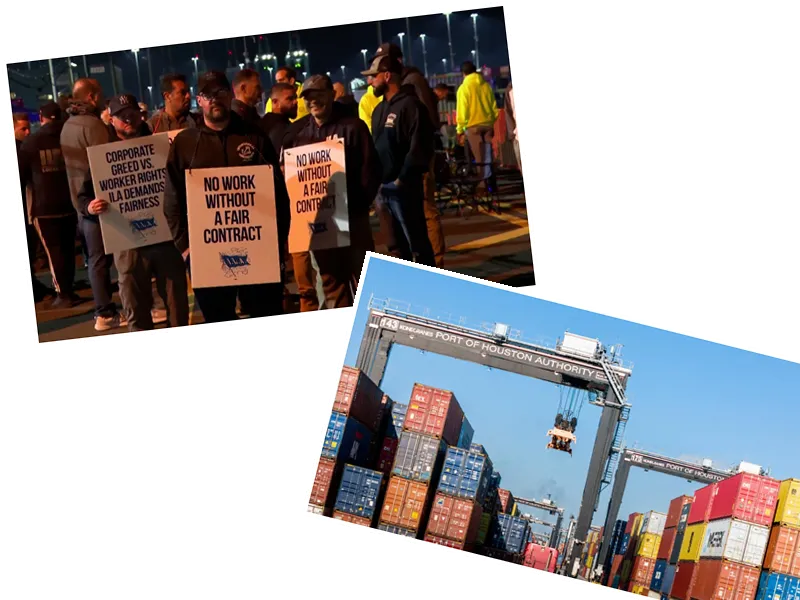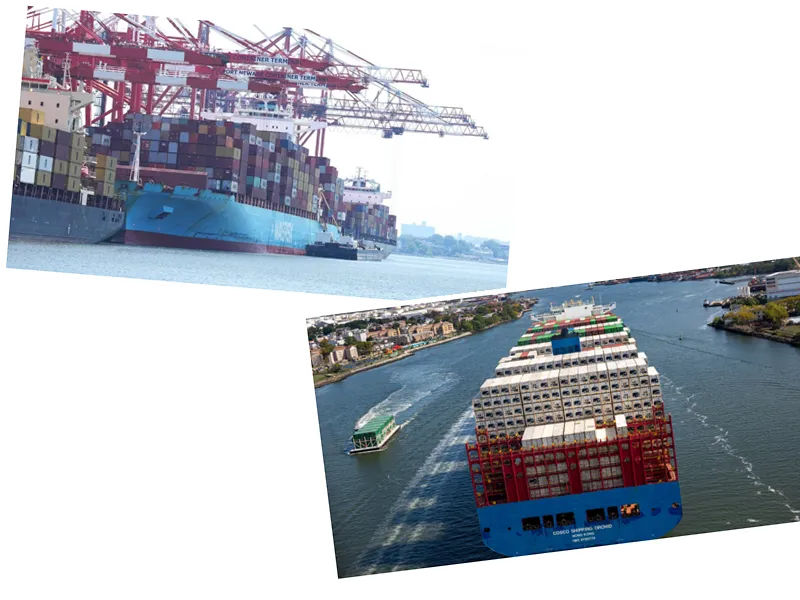End of the Dockers' Strike: A New Agreement for US Ports
Thousands of dockers across the United States returned to work on Friday, October 4, 2024, following a tentative agreement reached between the International Longshoremen's Association (ILA) and the U.S. Maritime Alliance (USMX). The three-day strike, which threatened to disrupt supply chains and impact the economy just before the holiday season and a pivotal presidential election, concluded with a significant wage increase for workers. The agreement includes a 62% increase in wages over six years, addressing key concerns regarding compensation and working conditions.
Impact on Supply Chains and the Economy
The strike's short duration limited its potential damage to the U.S. economy, which was initially estimated to suffer losses of up to $5 billion per day if the strike had continued. With 36 ports, including major ones like New York, Baltimore, and Houston, handling about 51% of U.S. container traffic, the swift resolution ensured that the flow of goods would resume relatively quickly. However, logistics experts warn that it may take several days for operations to normalize fully, as ships and containers were left waiting offshore.
Political Context and Future Considerations
The timing of the strike and its resolution is particularly critical, occurring just weeks before the presidential election. President Joe Biden praised the agreement, emphasizing its importance for economic stability. However, the potential for future strikes remains, as the full contract must be ratified by union members. The agreement extends the previous contract until January 15, 2025, allowing both parties to negotiate outstanding issues, including automation and safety measures. The strike was the first in the sector since 1977, highlighting the ongoing tensions in labor relations within the maritime industry.





